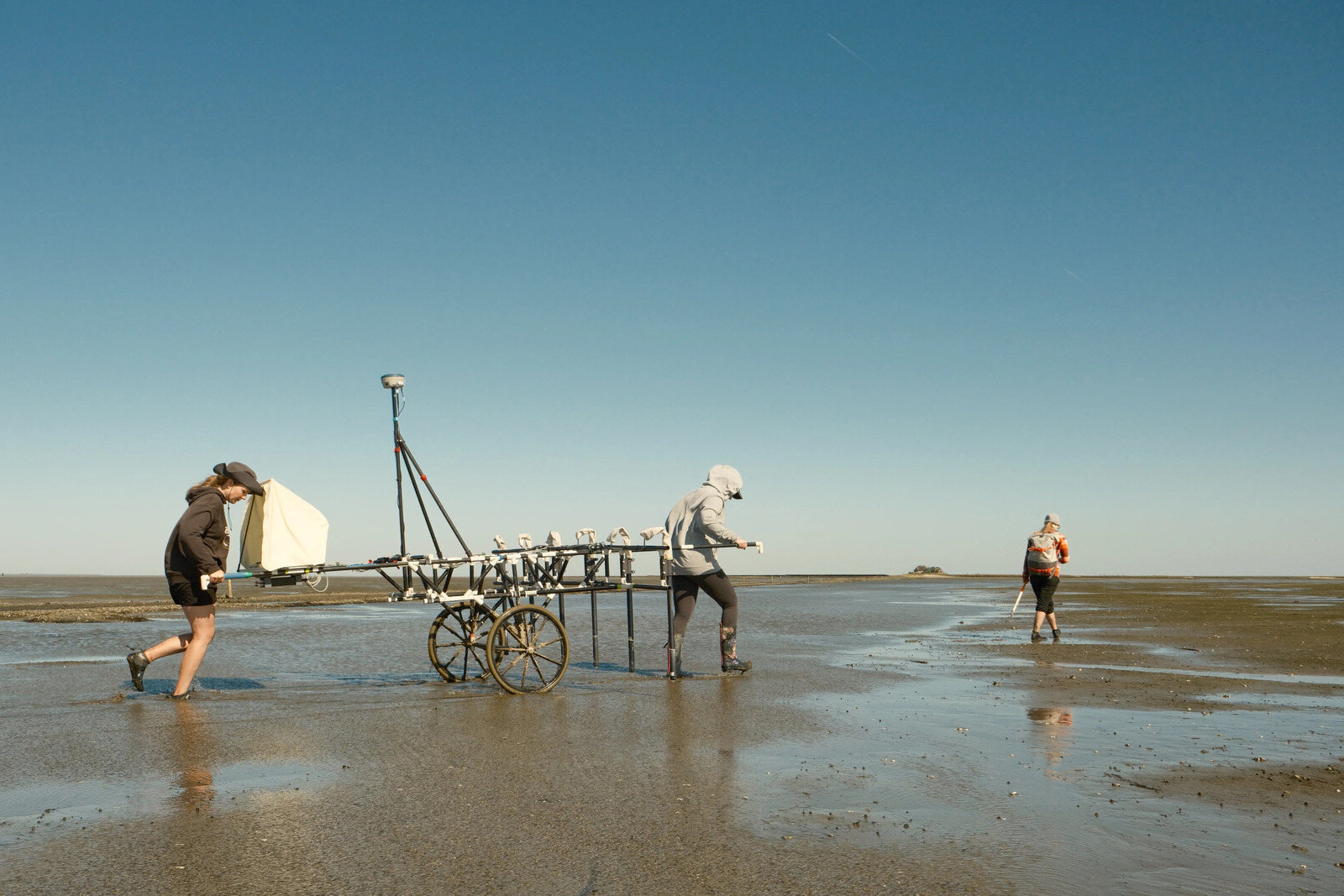
Rungholt, often dubbed the "Atlantis of the North Sea," is a legendary sunken city that has fascinated historians and treasure hunters alike. Located off the coast of Germany, this medieval settlement met its watery fate during a catastrophic storm surge in 1362, known as the "Grote Mandrenke." But what really happened to Rungholt? Was it a bustling port town swallowed by the sea, or just a myth passed down through generations? In this post, we'll dive into 35 intriguing facts about Rungholt, shedding light on its history, culture, and the mysteries that still surround it. Get ready to uncover the secrets of a city lost to time and tide!
Key Takeaways:
- Rungholt, the "Atlantis of the North Sea," was a wealthy medieval town that vanished during a massive storm tide in 1362, leaving behind a legacy of mystery and folklore.
- The town's prosperity from salt production and trade led to its tragic fate, inspiring literature, music, and cautionary tales about the power of nature.
The Lost City of Rungholt
Rungholt, often referred to as the "Atlantis of the North Sea," is a legendary sunken city that has fascinated historians and treasure hunters alike. Nestled in the Wadden Sea, this medieval town met a tragic fate centuries ago. Here are some intriguing facts about Rungholt.
-
Rungholt was a thriving medieval port town located on the North Frisian island of Strand, now part of modern-day Germany.
-
The town was known for its wealth, primarily derived from salt production and trade.
-
Rungholt's prosperity led to its nickname, the "Atlantis of the North Sea," due to its sudden disappearance.
-
The town was submerged during the Grote Mandrenke, a massive storm tide that struck the North Sea on January 16, 1362.
-
The Grote Mandrenke, also known as the "Great Drowning of Men," claimed thousands of lives and reshaped the coastline.
-
Legends say that Rungholt's inhabitants were punished for their sinful and decadent lifestyle.
-
Some stories suggest that the town's church bells can still be heard ringing underwater during storms.
-
Archaeological evidence of Rungholt's existence includes remnants of buildings, dikes, and drainage systems found in the Wadden Sea.
-
The exact location of Rungholt remains a mystery, with various theories suggesting different sites in the Wadden Sea.
-
Rungholt's story has inspired numerous literary works, including poems, novels, and songs.
The Wealth and Trade of Rungholt
Rungholt's economic success was largely due to its strategic location and natural resources. Here are some facts about the town's wealth and trade.
-
The town's primary export was salt, which was a valuable commodity in medieval Europe.
-
Rungholt's salt production involved extracting salt from seawater through evaporation.
-
The town also engaged in trade with other North Sea ports, exchanging goods such as fish, wool, and grain.
-
Rungholt's wealth attracted merchants and craftsmen, contributing to its rapid growth.
-
The town's prosperity allowed for the construction of impressive buildings, including churches and merchant houses.
-
Rungholt's market was a bustling hub of activity, drawing traders from across the region.
-
The town's strategic location made it an important stop for ships traveling between the North Sea and the Baltic Sea.
-
Rungholt's wealth also funded the construction of extensive dike systems to protect the town from flooding.
-
The town's residents enjoyed a high standard of living, with access to luxury goods and services.
-
Rungholt's economic success made it a target for envy and rivalry from neighboring towns.
The Tragic Fate of Rungholt
The sudden and catastrophic end of Rungholt has left a lasting impression on history and folklore. Here are some facts about the town's tragic fate.
-
The Grote Mandrenke storm tide was caused by a combination of high winds, heavy rainfall, and a spring tide.
-
The storm surge overwhelmed Rungholt's dikes, flooding the town and surrounding farmland.
-
Many of Rungholt's residents were caught off guard by the storm and perished in the floodwaters.
-
The town's buildings were destroyed or buried under layers of mud and sand.
-
The storm tide also caused significant changes to the coastline, submerging large areas of land.
-
Rungholt's disappearance was so sudden that it became the subject of numerous legends and myths.
-
Some accounts suggest that the town's downfall was a divine punishment for its inhabitants' sins.
-
The story of Rungholt has been passed down through generations, becoming part of local folklore.
-
Modern scientific studies have confirmed the occurrence of the Grote Mandrenke and its impact on the region.
-
Despite extensive research, the exact location of Rungholt remains elusive, adding to its mystique.
The Legacy of Rungholt
Rungholt's story continues to captivate people today, inspiring research, exploration, and artistic expression. Here are some facts about the town's enduring legacy.
-
Rungholt has been the subject of numerous archaeological expeditions, with researchers hoping to uncover more evidence of its existence.
-
The town's story has been immortalized in literature, including the famous poem "Rungholt" by Detlev von Liliencron.
-
Rungholt's tale has also inspired music, with several songs and compositions dedicated to the lost city.
-
The town's legend serves as a cautionary tale about the power of nature and the consequences of human hubris.
-
Rungholt's mysterious fate continues to draw tourists and history enthusiasts to the Wadden Sea region, eager to learn more about the "Atlantis of the North Sea."
The Lost City of Rungholt
Rungholt's story is a mix of history, legend, and mystery. This medieval city, once thriving on the North Sea coast, vanished overnight in a catastrophic storm in 1362. Known as the "Atlantis of the North Sea," Rungholt's disappearance has fascinated historians and treasure hunters alike. Archaeologists have found remnants of the city, but much remains buried beneath the sea. Rungholt's tale serves as a reminder of nature's power and the fragility of human settlements. Whether you're a history buff or just love a good mystery, Rungholt's story is sure to captivate your imagination. So next time you hear about lost cities, remember Rungholt, the city swallowed by the sea.
Frequently Asked Questions
Was this page helpful?
Our commitment to delivering trustworthy and engaging content is at the heart of what we do. Each fact on our site is contributed by real users like you, bringing a wealth of diverse insights and information. To ensure the highest standards of accuracy and reliability, our dedicated editors meticulously review each submission. This process guarantees that the facts we share are not only fascinating but also credible. Trust in our commitment to quality and authenticity as you explore and learn with us.


